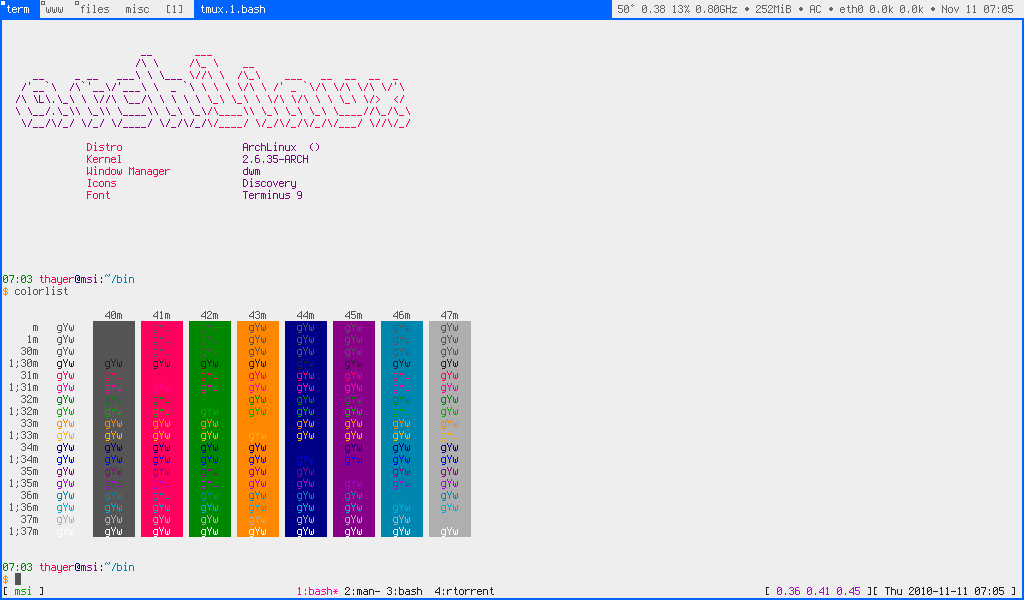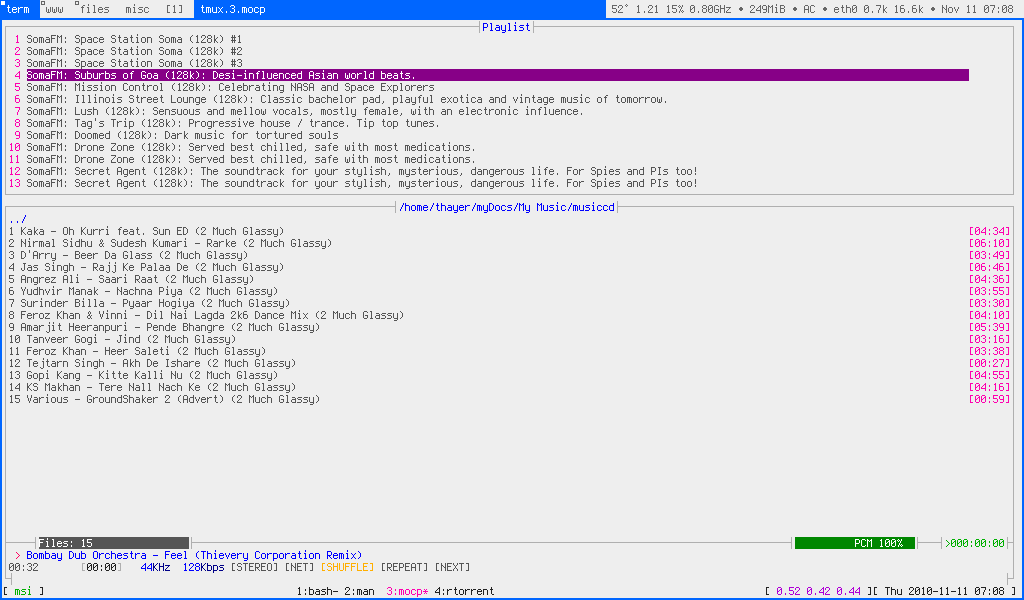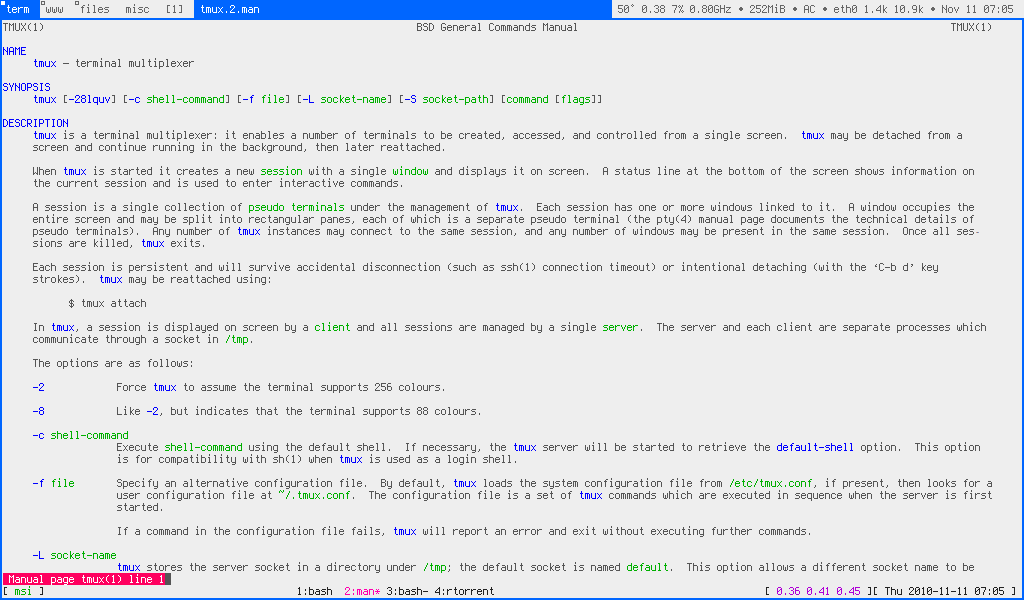Thanks for clarifying, and I can appreciate your overall concerns as I face the same dilemma with my aging relatives.
Just to confirm, have you opened these files in Word yourself (or witnessed them being opened), to verify they are in fact valid documents? if valid, are they meant to be in English?
It wouldn’t be the first time I’ve seen “other” files renamed with an incorrect file extension.











Not mutually exclusive, but it’s highly probable that if you’re running a mainstream distro, the default kernel is in lockdown mode, preventing hibernation while secure boot is enabled.